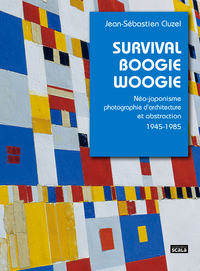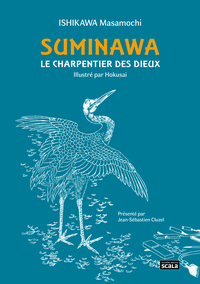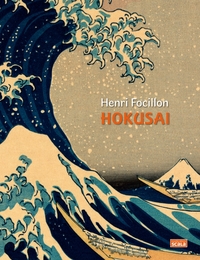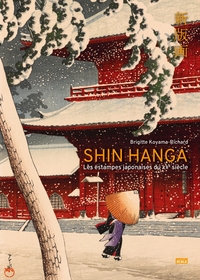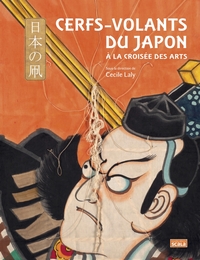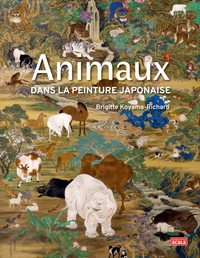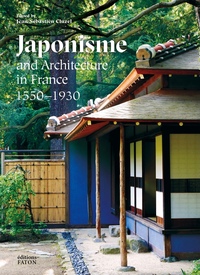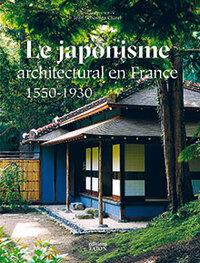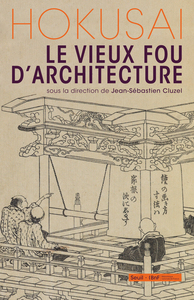Nous utilisons des cookies pour améliorer votre expérience. Pour nous conformer à la nouvelle directive sur la vie privée, nous devons demander votre consentement à l’utilisation de ces cookies. En savoir plus.
SURVIVAL BOOGIE WOOGIE (VERSION ANGLAISE)
Scala - EAN : 9782359883077
Édition papier
EAN : 9782359883077
Paru le : 28 juin 2024
21,00 €
19,91 €
Epuisé
Pour connaître votre prix et commander, identifiez-vous
Arrêt définitif de commercialisation
Notre engagement qualité
-
 Livraison gratuite
Livraison gratuite
en France sans minimum
de commande -
 Manquants maintenus
Manquants maintenus
en commande
automatiquement -
 Un interlocuteur
Un interlocuteur
unique pour toutes
vos commandes -
 Toutes les licences
Toutes les licences
numériques du marché
au tarif éditeur -
 Assistance téléphonique
Assistance téléphonique
personalisée sur le
numérique -
 Service client
Service client
Du Lundi au vendredi
de 9h à 18h
- EAN13 : 9782359883077
- Réf. éditeur : 35988.3077
- Collection : ART JAPONAIS
- Editeur : Scala
- Date Parution : 28 juin 2024
- Disponibilite : Abandon de parution
- Barème de remise : NS
- Nombre de pages : 128
- Format : 1.10 x 17.00 x 23.00 cm
- Poids : 0gr
-
Résumé :
What links are there between Piet Mondrian’s unfinished work Victory Boogie Woogie (1942–4) and post-war Japanese and Japanese-style architectural photography?
As far back as the mid-1950s, critics and photographers were inclined to link Mondrian’s painting with modern Japanese architecture and some historians were to go so far as to assert that Mondrian himself had been influenced by traditional Japanese architecture. These powerful associations contributed to the convergence of Western and Japanese architectural modernity. They also underpinned the survival of Japonisme in architecture, or put another way, of the neo-Japonisme that emerged after the Second World War. However, while this kinship between Mondrian’s abstraction and the aesthetic of Japanese architecture is little apparent in architecture, it does show in architectural photography. This book, which takes an oblique look at Mondrian, examines the works of the foremost among Japanese and American architectural photographers to interpret the dynamics of how the world of architecture was Japanized between 1945 and 1985.
Jean-Sébastien Cluzel is professor of the art and archaeology of the Far East in the Faculty of Arts and Humanities of Sorbonne University. Specializing in the history of Japanese architecture, he oversaw the restoration of the Japanese structures in the Albert-Kahn Garden at Boulogne-Billancourt, supervised the appraisal of the Stork Room for the Musée des Confluences in Lyons and is currently project consultant for the restoration of the cinéma La Pagode in Paris.




